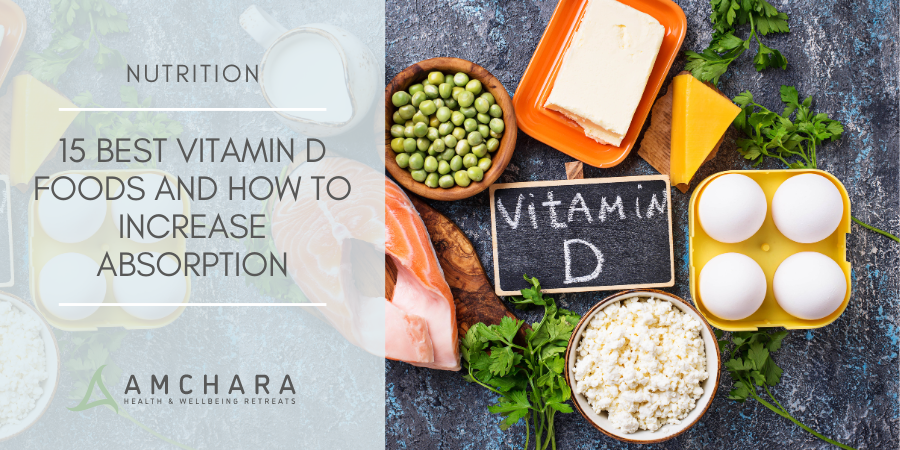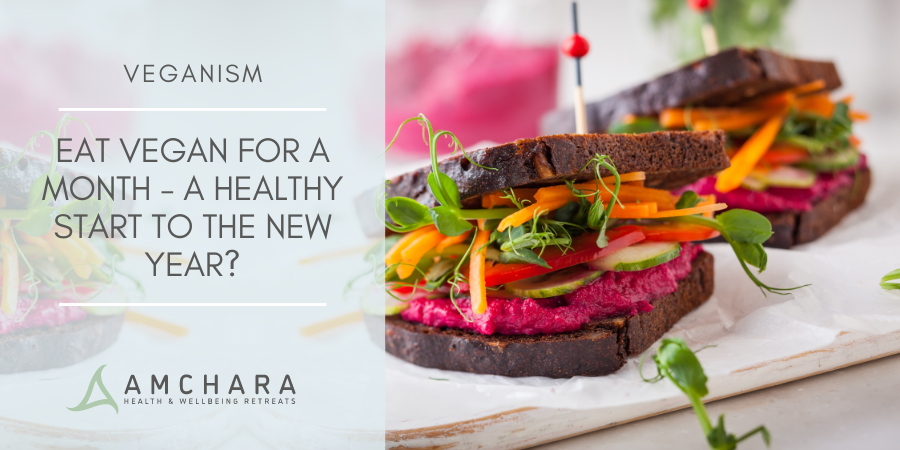Table of contents
- Why non-seasonal foods don’t deliver on flavour and nutritional content
- The benefits of eating seasonal produce
- British spring vegetables that are available locally
The health benefits of eating fresh, local and seasonal vegetables should not be underestimated.
As we step into spring the new season brings with it not just hope for warmth and sunshine, but also an opportunity to nourish our bodies with fresh seasonal vegetables.
Thanks to imports from countries all over the world, supermarket shelves are full to overflowing with all sorts of exotic fruit and vegetables, all year round.
The long distance food system offers unprecedented and unparalleled choice – any food, anytime, anywhere.
Because of this constant availability it can be difficult to know which foods are in season locally.
Studies have shown however, that fresh vegetables bought out of season may have less flavour and more importantly, lower levels of nutrients than seasonal vegetables.
Why non-seasonal foods don’t deliver on flavour and nutritional content
Non-seasonal foods are often harvested before they are ripe
Out of season fruit and vegetables often have to travel great distances, and to survive this journey farmers pick them before they are ripe.
Certain fruits, such as apples, bananas, melons, tomatoes, nectarines, apricots and peaches are climacteric – as part of their ripening process they generate a chemical called ethylene, which allows them to ripen and then continue ripening after being detached from the plant.
This means that tomatoes for example, can still reach their full red colour even if harvested when green. Whereas non-climacteric crops such as peppers and citrus fruits can only ripen on the plant and will not mature to their full colour once picked.
Even if the colour is fully developed on some fruit and vegetables, optimal nutritional quality may not be achieved.
What’s more, food products that have to endure long term transport and storage encounter endless opportunities for contamination on their journey from farm to plate. (1) So, as well as being less nutritious they might also be harbouring more bacteria.
Lengthy storage periods
Food eaten in the UK travels 50% further on average than two decades ago.
As well as this, fresh vegetables available to shoppers have typically spent a period of 3-7 days in retail distribution and storage before consumption. (7)
To maintain freshness, different foods must be stored at different temperatures, but mixed crops are often kept at the same warm temperature in a shipping truck for an extended period.
By the time they reach their destination a great deal of the nutrient content may have already been reduced.
As an example, tomatoes produce a flavour enzyme as they ripen; if the temperature drops below 55 degrees this enzyme stops producing flavour, which might account for many of the tasteless tomatoes sold in UK supermarkets.
Spinach also has to be stored at cooler temperatures to retain its nutrients.
Researchers at Penn State found that even at 39 degrees spinach only retained 53% of its folate after a period of 8 days. (2)
Folate is one of several important B vitamins and plays a key role in producing and maintaining new cells in the body.
Folate deficiency in pregnancy has been found to cause birth defects such as spina bifida, a complication that occurs in the first month of pregnancy when the spinal column does not close completely.
Damage due to mass production
Mechanical harvesting methods popularly used for mass produced fruit and vegetables have the potential to increase damage to crops, which can result in accelerated nutrient loss. (8)
Forklifts and trucks that are used for bulk handling after harvesting make a significant contribution to crop injury, particularly with apples.
Other delicate fruits such as tomatoes and berries are also easily damaged.
Abnormal ripening has been observed in tomatoes following impact bruising.
An increase in chemical use
Seasonal fruit and vegetables are less likely to be exposed to excessive chemical treatments.
Crops that are grown out of season are more affected by weather, temperatures, pests and diseases and so may be subjected to more frequent pesticide use, as well as exposure to other chemicals like hormone sprays used to ripen, polish and preserve them. (4)
These practices are carried out to help the produce survive in an unnatural environment.
The benefits of eating seasonal produce
Locally grown foods tend to have more intense flavour, and in comparison to mass produced imported groceries, are better for you for several reasons.
- Seasonal foods are usually produced locally
If you eat foods that have been grown in your area, the food journey is shorter – moving from harvesting to consumption more rapidly, thus retaining more flavour and nutritional value.
The range of fruit and vegetables chosen for sale by most supermarkets have:
- A high yield
- A high growth rate
- A long growing season
- Ability to withstand long-distance travel.
On the other hand, farmers who are only producing their crops for a local market are more likely to favour traditional varieties of fruit and vegetables, renowned for their taste and high nutrient content.
Soil health is also an important foundation for healthy, high quality plants that are nutrient rich.
It’s no secret that commercial farming techniques are geared towards a high yield, which can degrade soil over time, reducing organic matter and ultimately affecting the nutrient quality of crops. (3)
- Seasonal foods are cheaper
Produce is often much cheaper when it is in season; when there is an abundance of food, it can be distributed at lower prices.
Producing food at a time when it shouldn’t be available is more expensive, and these costs are transferred to the consumer.
- Seasonal foods support the local economy
Buying locally grown fruit and vegetables helps to support local producers and can stimulate the rural economy. (6)
Money spent locally also stays local instead of going to large corporations.
The money you spend locally is more likely to reach the pockets of the people growing the food.
- Seasonal foods support the environment
By eating seasonal foods from local farmers and growers, you reduce the distance that food travels between farms and consumers.
This practice helps to decrease global environmental pollution. Some foods are shipped thousands of miles, creating a huge carbon footprint.
According to the Soil Association, the UK’s industrialised food and farming system is currently responsible for around 30% of the UK’s greenhouse emissions.
This could be significantly reduced by buying local fruit and vegetables.
- Local seasonal foods are safer
The shorter the distance between the source of your fruit and vegetables and your kitchen table, the less chance you have of contamination.
- Eating seasonally encourages you to try new foods
Despite a huge variety of choice on supermarket shelves, many people tend to stick to their favourites. Different types of fruits and vegetables contain a variety of nutrients at different levels. As an example, vitamin C content varies considerably between vegetables; brassicas contain a higher level than root vegetables.
By eating more seasonal foods, you will be widening the range of foods you eat, thus increasing your nutrient levels, bringing additional health benefits.
British spring vegetables that are available locally
Visit your local farmer’s market and take advantage of the spring vegetables that are on offer right now. (5)
Here’s an idea of some of the produce you might find:
- Purple sprouting broccoli
- Savoy cabbage
- Spring greens
- Cauliflower
- Celeriac
- Sorrel
- Spinach
- Curly kale
- Watercress
- Rhubarb
What’s your opinion on flavour and nutrient loss in non-seasonal commercially farmed vegetables?
We really value your feedback, why not leave us a comment.
Jacqueline Newson BSc (Hons) Nutritional Therapy
READ THIS NEXT:




